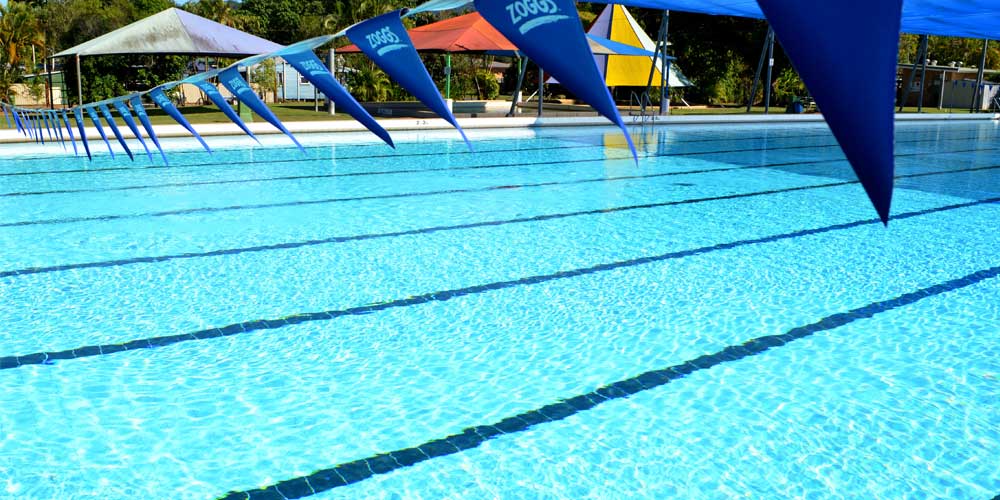Pool maintenance is the daily operation to keep the pool clean. During pool maintenance, various pool chemicals are needed to maintain the balance of various indicators. To be honest, the water in the pool is so clear that you can see the bottom, which is related to the residual chlorine, pH, cyanuric acid, ORP, turbidity and other factors of the swimming pool water quality.
The most important of these is chlorine. Chlorine oxidizes organic pollutants, kills algae and bacteria which cause cloudy pool water, and ensures the clarity of the pool water.
Cyanuric acid is a hydrolyzate product of the disinfectants dichloroisocyanuric acid and trichloroisocyanuric acid, which can protect free chlorine from ultraviolet and keep the concentration of hypochlorous acid in the water stable, thus producing a long-lasting disinfection effect. That is why cyanuric acid is called a chlorine stabilizer or a chlorine conditioner. If the cyanuric acid level of a pool is less than 20 ppm, the chlorine in the pool will decrease quickly under sunshine. If one maintainer do not use sodium dichloroisocyanurate or trichloroisocyanuric acid in one outdoor swimming pool, but instead use calcium hypochlorite or salt water generators, the maintainer must also add 30 ppm cyanuric acid to the pool.
However, since cyanuric acid is not easy to decompose and remove, it slowly accumulate in the water. When its concentration is higher than 100 ppm, it will seriously inhibit the disinfection effect of hypochlorous acid and. At this time, the residual chlorine reading is OK but algae and bacteria may grow and even cause the pool water to turn white or green. This is so-called” chlorine lock”. At this time, continuing to add chlorine will not help.
The correct treatment method for chlorine lock: Test the cyanuric acid level of pool water, then drain part of pool water and filled the pool with fresh water. For example, if you have a pool which cyanuric acid level is 120 ppm, so the percentage of water which you need drain is:
(120-30)/120 = 75%
Usually the cyanuric acid level is given by turbidimetry:
Fill the mixing bottle to the lower mark with pool water. Continue filling to the upper mark with the reagent. Cap and then shake the mixing bottle for 30 seconds. Stand outdoors with your back to the sun and hold the view tube at about waist level. If sunlight is not available, find the brightest artificial light you can.
Looking down into the view tube, slowly pour the mixture from the mixing bottle into the view tube. Continue pouring until all traces of the black dot at the bottom of the view tube completely disappear, even after you stare at it for several seconds.
Reading the result:
If the view tube is completely full, and you can still see the black dot clearly, your CYA level is zero.
If the view tube is completely full and the black dot is only partially obscured, your CYA level is above zero but lower than the lowest level your test kit can measure (20 or 30 ppm).
Record that CYA result according to the nearest mark.
If your CYA level is 90 or higher, repeat the test adjusting the procedure as follows:
Fill the mixing bottle to the lower mark with pool water. Continue filling the mixing bottle to the upper mark with tap water. Shake briefly to mix. Pour off half of the contents of the mixing bottle, so it is again filled to the lower mark. Continue the test normally from step 2, but multiply the final result by two.
Our test strips are more easier way to test cyanuric acid. Dip the test strip in water, wait for specified seconds and compare the strip with the standard color card. In addition, we also provide a variety of swimming pool chemicals. Please leave me a message if you have any needs.
Post time: Jul-26-2024

